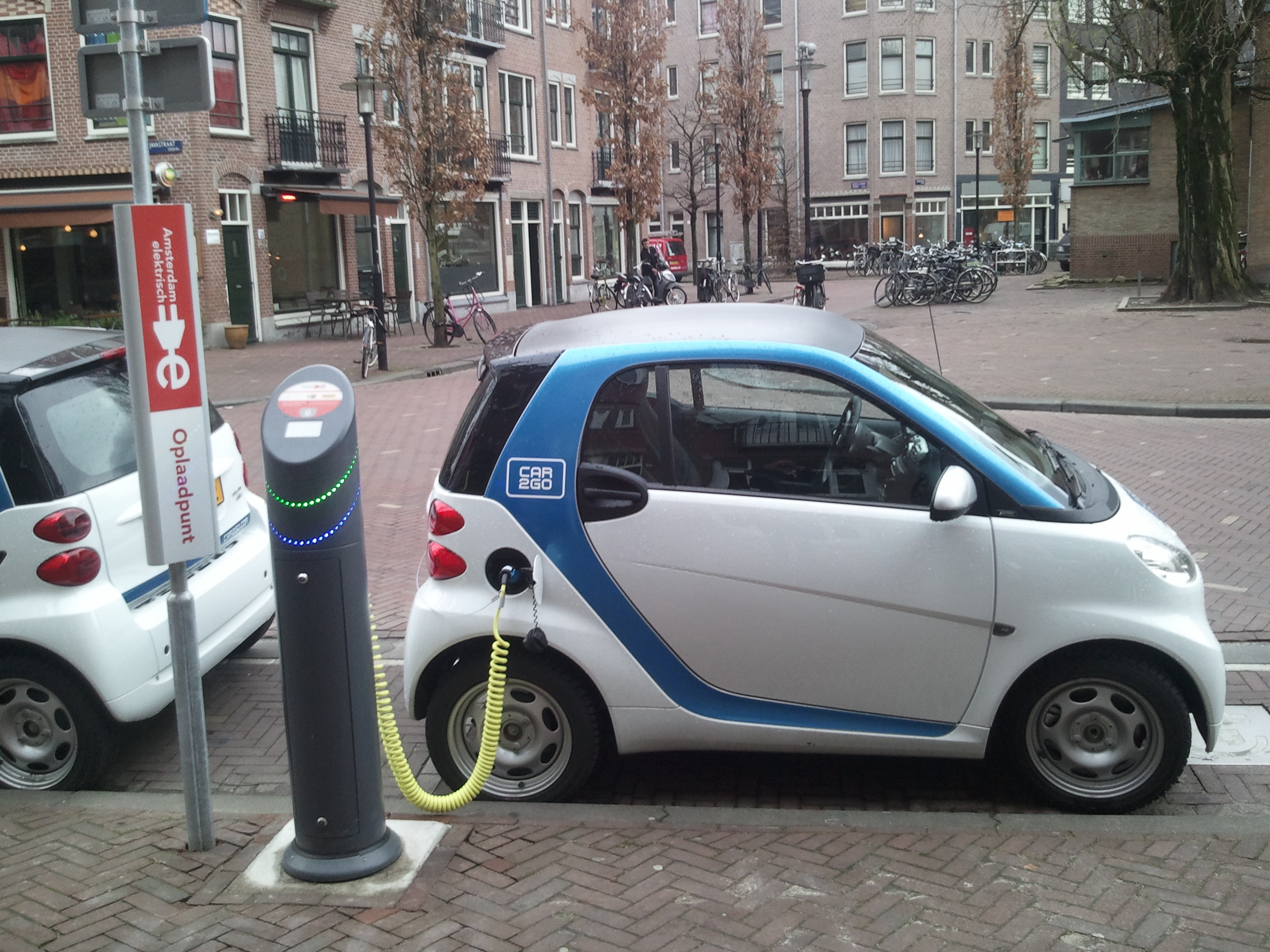Electric vehicles

Position Paper | Year 2012
Electric vehicles
Class of Technical Sciences
After a concise historical survey of the origin, the disappearance and the
currently ongoing rebound of electric vehicles, the second chapter
analyzes their present position and outlook, focussing on pure electric
battery powered passenger cars (excluding hybrid vehicles). The next
chapter tackles the question: “why should we switch to electric vehicles?”
This is treated from an ecological, energetic and social viewpoint.
Chapter 4 deals with the technical possibilities, advantages,
disadvantages and obstacles facing electric vehicles available on the
market at the end of 2011, as well as the technical challenges for a
further development of these cars. The potential impact of a large scale
introduction of electric vehicles on power production, transmission and
distribution is the subject of chapter 5. The last chapter draws a number
of conclusions, taking into account the advantages and disadvantages of
the presently available battery-driven electric vehicles and formulates a
series of recommendations for different stakeholders in order to favour EV
introduction in the market on the one hand, and further technical
development of EVs on the other hand.
The main advantages of battery-driven electric vehicles are:
– no local air pollution nor noise,
– low or no CO2-emission (depending on the kind of power generation),
– higher energy-efficiency,
– no consumption of finite fossil fuels but powered by (possibly carbon-free) electricity,
– significantly lower fuel cost,
– less maintenance costs.
In contrast they have a number of limitations which are mostly linked with the currently available batteries:
– high purchase price,
– limited driving range of about 150 km,
– absence of public battery-charging facilities.
The relative handicaps of battery-driven EVs are smaller at sufficiently high annual mileages; at the same time, though, this has to be reconciled with their limited driving range. Ideal EV users are people making a high number of rides over short distances. A massive breakthrough of EVs is unlikely in the short run. The next years EVs will mainly be used within the framework of test projects. Only as from 2015 they are expected to represent between 2 and 10% of the annual sales of new cars. Plug-in hybrid vehicles, however, could possibly become a nice complement of battery-driven EVs and thus boost the breakthrough of electric engines.
In order to stimulate the sale of EVs, thus utilizing to the utmost their ecological, economical and social advantages, a number of measures will have to be taken in Flanders. Authorities, at federal, regional and local urban level should define a long term strategy including some short term measures both at the supply and demand side. Within the vehicle sector, Flanders is facing the challenge of supporting local carmakers and their suppliers in their transition towards EV production. Research, development and demonstration will play an important part in this, not only in the field of more efficient batteries, but also in the field of electric motors, materials for car frames and other components, battery-charging facilities and stations, smart grids and accompanying measuring instruments. At the end, the motorists will also have to adapt their mobility behaviour.
The main advantages of battery-driven electric vehicles are:
– no local air pollution nor noise,
– low or no CO2-emission (depending on the kind of power generation),
– higher energy-efficiency,
– no consumption of finite fossil fuels but powered by (possibly carbon-free) electricity,
– significantly lower fuel cost,
– less maintenance costs.
In contrast they have a number of limitations which are mostly linked with the currently available batteries:
– high purchase price,
– limited driving range of about 150 km,
– absence of public battery-charging facilities.
The relative handicaps of battery-driven EVs are smaller at sufficiently high annual mileages; at the same time, though, this has to be reconciled with their limited driving range. Ideal EV users are people making a high number of rides over short distances. A massive breakthrough of EVs is unlikely in the short run. The next years EVs will mainly be used within the framework of test projects. Only as from 2015 they are expected to represent between 2 and 10% of the annual sales of new cars. Plug-in hybrid vehicles, however, could possibly become a nice complement of battery-driven EVs and thus boost the breakthrough of electric engines.
In order to stimulate the sale of EVs, thus utilizing to the utmost their ecological, economical and social advantages, a number of measures will have to be taken in Flanders. Authorities, at federal, regional and local urban level should define a long term strategy including some short term measures both at the supply and demand side. Within the vehicle sector, Flanders is facing the challenge of supporting local carmakers and their suppliers in their transition towards EV production. Research, development and demonstration will play an important part in this, not only in the field of more efficient batteries, but also in the field of electric motors, materials for car frames and other components, battery-charging facilities and stations, smart grids and accompanying measuring instruments. At the end, the motorists will also have to adapt their mobility behaviour.
Available documents
Author
-
Jan Kretzschmar
-
Ronnie Belmans
-
Ludo Gelders
-
Jan Leuridan
-
Hendrik Van Landeghem
-
Joeri Van Mierlo
-
Tobias Denys
-
Frederik Geth
-
Kenneth Lebeau
-
Cathy Macharis
-
Inge Mayeres
-
Maarten Messagie
-
Carlo Mol
-
Dirk Roesems
-
Peter Van den Bossche

